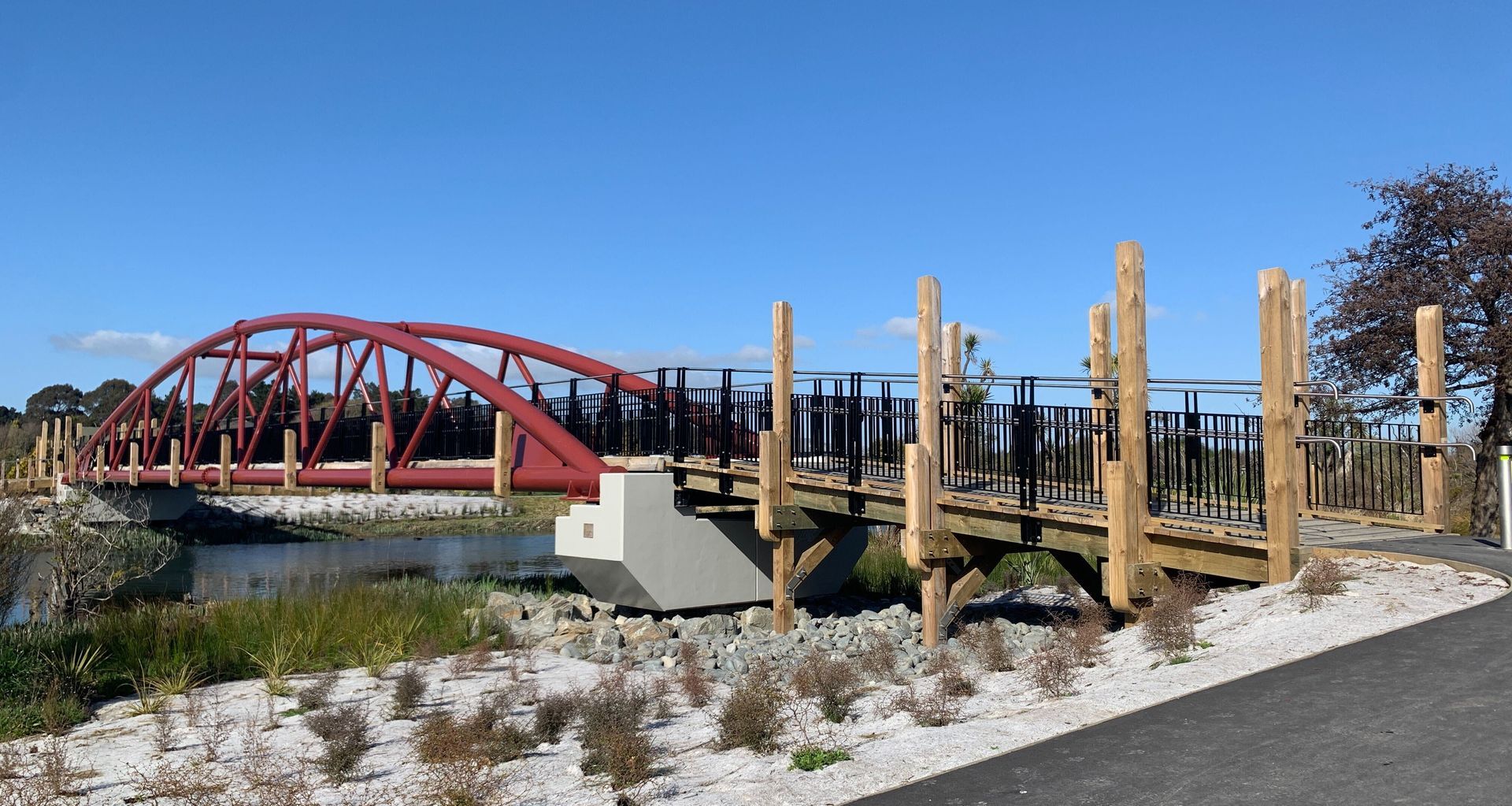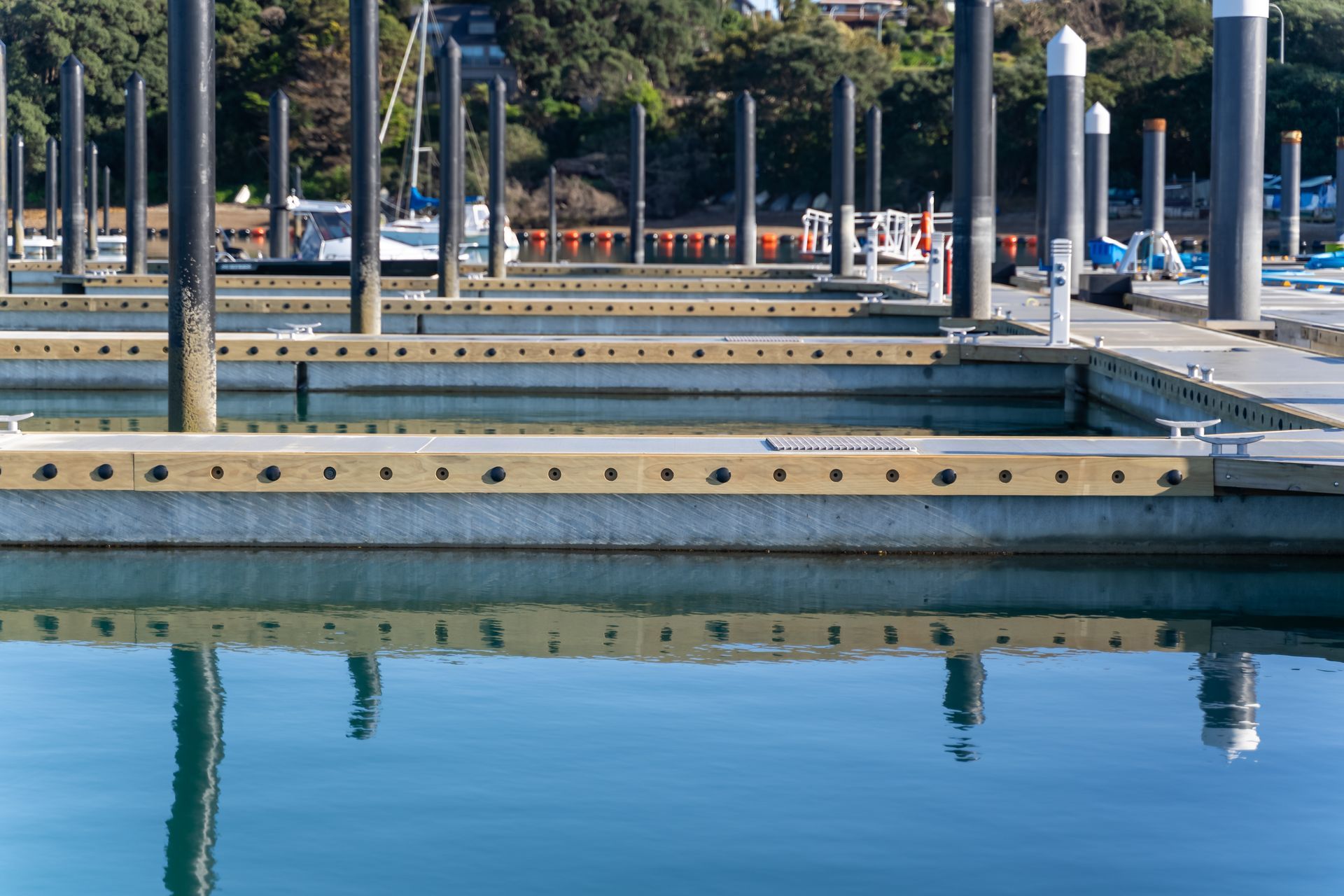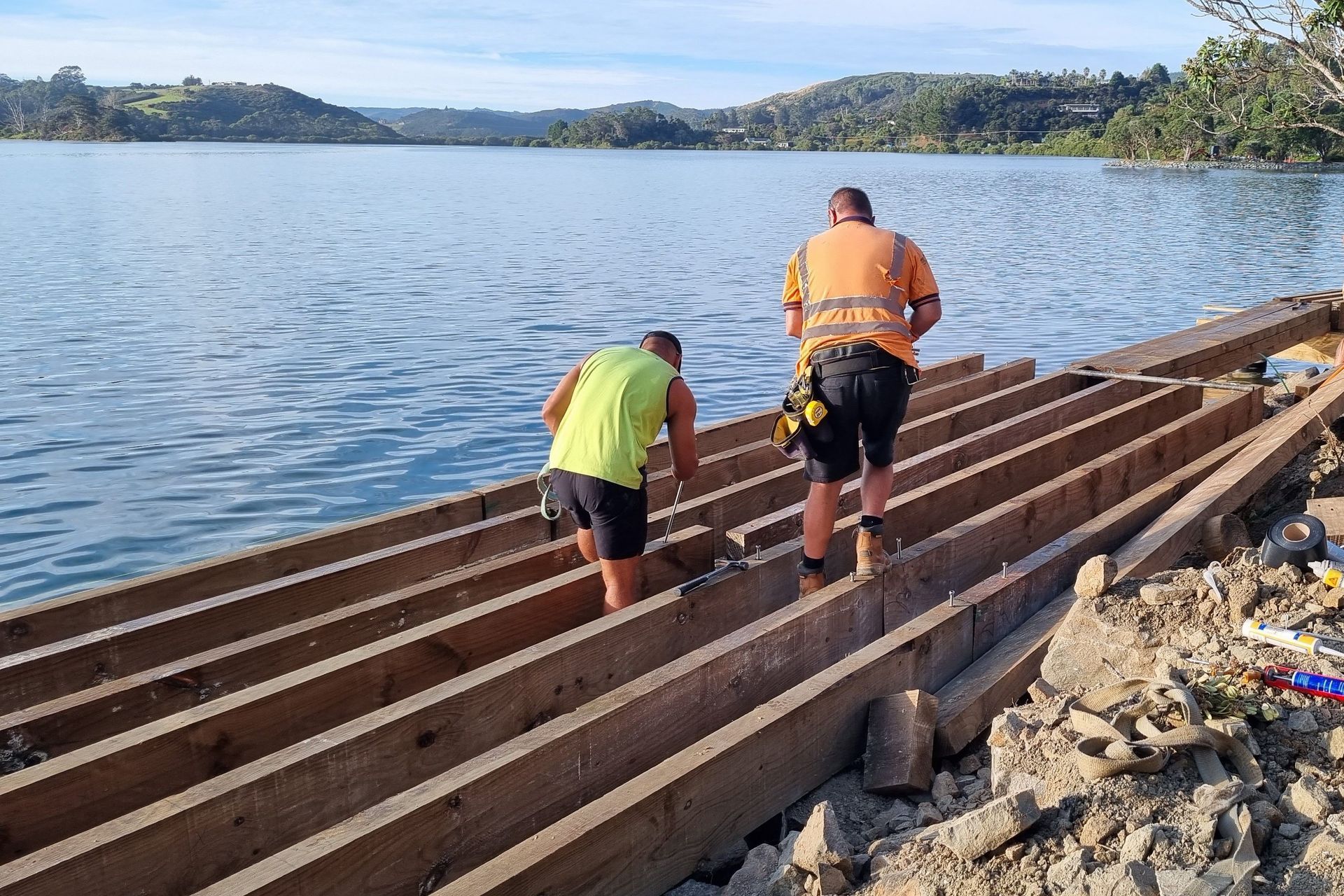Northpine marks 25 years specialising in large-dimension timber for civil, commercial and residential projects
Written by
30 July 2024
•
4 min read

Timber, particularly radiata pine, is a popular material for civil construction projects across the country. From boardwalks and bridges to wharves and even zoo enclosures, Northpine<s> </s>supplies many civil contractors with large-dimension treated pine. In August, Northpine — a multi-award winning timber manufacturer based in Waipu, Lower Northland — marks 25 years in business.
“Northpine was started by Keith Reay, an entrepreneur who came out of Carter Holt Harvey. He bought the assets of Waipu Timber Company that had shut down and revamped it, opening Northpine in August 1999. It was very small and manual at the time — I think they employed about 10 or 12 people when they started,” says Northpine general manager, Bruce Larsen.
“A year or so later, I joined the company with another guy from Carter Holt Harvey, Richard Wilson. We all bought into the business, added some capital, and started growing from there. Now we have about 70 staff; we're still quite small by sawmilling standards, but in terms of production, we specialise in producing unusual sizes and timber that the big sawmills don't do. That's our niche. Northland has the strongest and stiffest structural timber-based radiata in the country, It's just the way it grows up here. We use that to our advantage, producing large dimensions that most sawmills in different parts of the country would struggle to do.”


The wonderful benefits of Northland radiata
Radiata pine is native to California and was introduced to New Zealand with the intention of growing it as a timber resource. Due to its successful growth in different climates and soils, radiata pine quickly became the core of New Zealand’s forestry industry. Radiata is grown in plantations across the North and South Islands, but there’s something particularly special about radiata pine from Northland.
“Through the colder months, radiata pine develops thick cell walls,” Larsen explains. “This means the actual cells are stronger, thicker, and denser because there is more cellulose in them. When it grows in colder climates, particularly the South Island, temperatures are so cold that growth is slow and the tree is almost dormant. This means the trees don’t lay down as many of the thick cell walls as they do here in the North where winter is a bit milder. We get larger annual growth rings, so the amount of cellulose and actual material in any cubic metre of wood is, on average, up to 15% more than in the colder areas.”
While numerous timbers boast stronger or stiffer compositions, radiata remains a popular material for civil projects due to its versatility and cost-effectiveness.
“Radiata is wonderfully versatile and ticks boxes across a range of aspects. Probably the best attribute for structural purposes, particularly in civil and outdoor projects, is that it’s treatable. You can ensure it will last over 50 years because it takes treatment so well.”
Northpine’s radiata is Tanalised — treated with chromated copper arsenate (CCA) — a common treatment used in New Zealand for over 70 years. While arsenic can be off-putting to some, Larsen says there’s an extremely low risk for leakage once the timber has been treated.
“It goes through a chemical process where the CCA bonds to the timber. Because it’s designed to bond to organic matter, you can rest assured that those bonds will hold.”



Northpine’s difference
Though smaller than other sawmills, Northpine prides itself on offering out-of-the-ordinary sizes — perfect for those large-scale civil projects.
“Our point of difference is that we offer lengths up to 7.2 metres, rather than the standard six metres. We call it ‘big dog timber’, which refers to beams and square posts that are much larger than you'd normally use in house construction. You get a bit more length, which means you can achieve bigger spans within the building Code,” Larsen says.
Whether you’re looking for large, exposed beams to create a ceiling feature, or building a bridge, wharf, or walkway, the Northbeam range offers solutions to meet any specification.
“The other part of the equation is structural certification and BRANZ certification. This gives our clients faith that their timber will meet the structural standards. Our timber grades include SG8, SG10, and SG12. We're not engineers ourselves, but we produce to those specifications, which allows the engineer to have confidence that the wood will perform as per calculation.”
Learn more about Northpine.